
Why Trauma Often Leads to Addiction
Addiction, Alcoholism, Blog, NewsTrauma and alcoholism often co-occur. Learn about the link between these two disorders.
When you find yourself dealing with alcoholism, you might wonder how it even happened. What was the trigger for developing a drinking problem in the first…

Effects of Long-Term Use of Ativan
Addiction, Blog, NewsThere are risks involved with long-term use of Ativan. Learn about the risks of using this drug.
If you struggle with anxiety or insomnia, chances are you have been prescribed Ativan as a short-term remedy. Ativan is a fast-acting sedative…
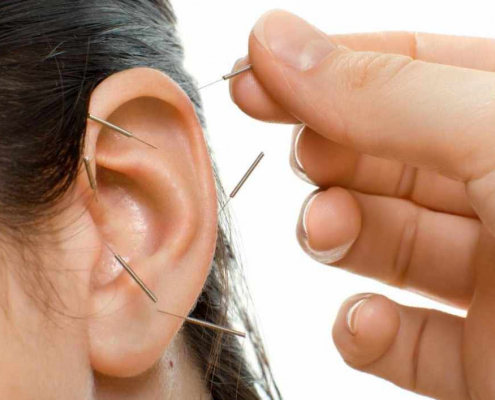
Coping With Alcohol Cravings
Addiction, Alcoholism, Blog, NewsTips On How to Deal with Urges and Cravings to Drink
If you are having trouble coping with alcohol cravings, there are some useful methods to learn about.
“It’s like being lost in the desert for days and you are dying of thirst. You…
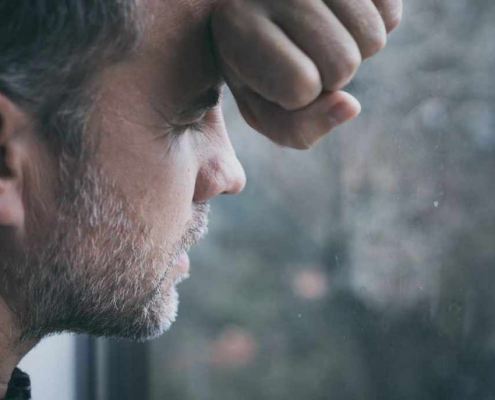
Depression After Quitting Drinking: I Quit Drinking And Now I Am Depressed
Addiction, Alcoholism, Blog, News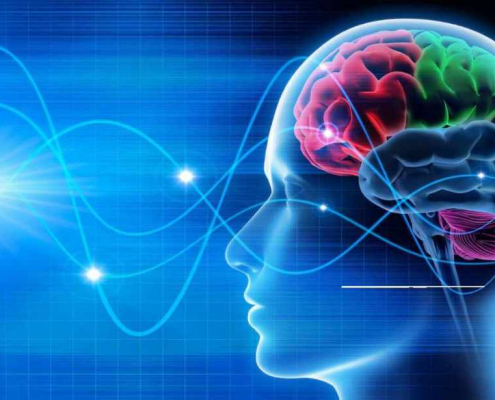
Seizures and Alcohol Intoxication
Addiction, Alcoholism, Blog, NewsWhat Does An Alcoholic Seizure Look Like?
The dangers of seizures and alcohol intoxication are very real. Learn about alcohol poisoning and the risk of seizures.
When it comes to the health risks posed by substances of abuse, the dangers…
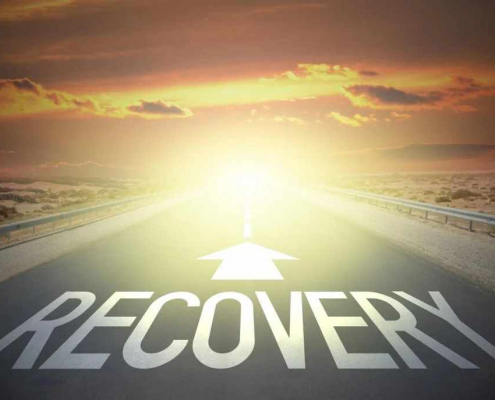
Getting Help for Crippling Alcoholism
Addiction, Alcoholism, BlogWhat Is Crippling Alcoholism?
If you or a loved one suffer from a severe alcohol use disorder, it is crucial to get help for the crippling alcoholism as soon as possible.
For half a century, alcoholism has been defined as a disease. As a…
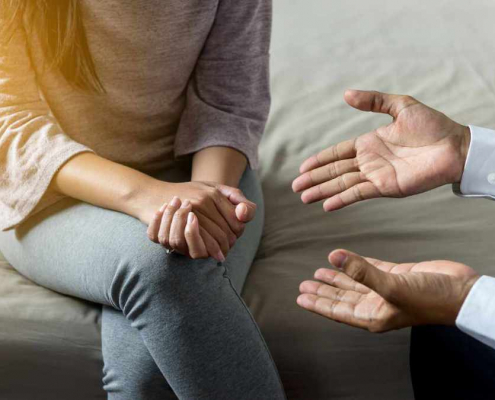
Am I an Addict
Addiction, Blog, NewsYou might be noticing the signs of increased tolerance to a substance and are wondering, “Am I an addict?”
You are lucky if you are picking up on the signs of addiction at an early stage. The earlier you admit there is a problem and seek…

Need to Stop Drinking Alcohol
Addiction, Alcoholism, Blog, NewsExcessive drinking can wreak havoc on your life. Learn 5 reasons why you need to stop drinking alcohol now.
How many times have you kicked yourself after indulging in a night of heavy drinking? You may feel so awful you question whether you…

Self-Medicating with Alcohol
Addiction, Alcoholism, Blog, NewsIs Self Medicating a Form of Addiction?
When you suffer from depression or anxiety and end up self-medicating with alcohol, it only makes things worse.
For someone struggling with a mental health issue, alcohol can feel like a godsend. The…

What Causes Alcohol Withdrawal Seizures?
Addiction, Alcoholism, Blog, NewsCan Alcohol Withdrawal Cause Seizures?
When someone takes that first brave step toward sobriety, it’s a cause for celebration. After all, each year more than 88,000 deaths are attributed to alcohol use disorder (AUD). There is a great risk,…

